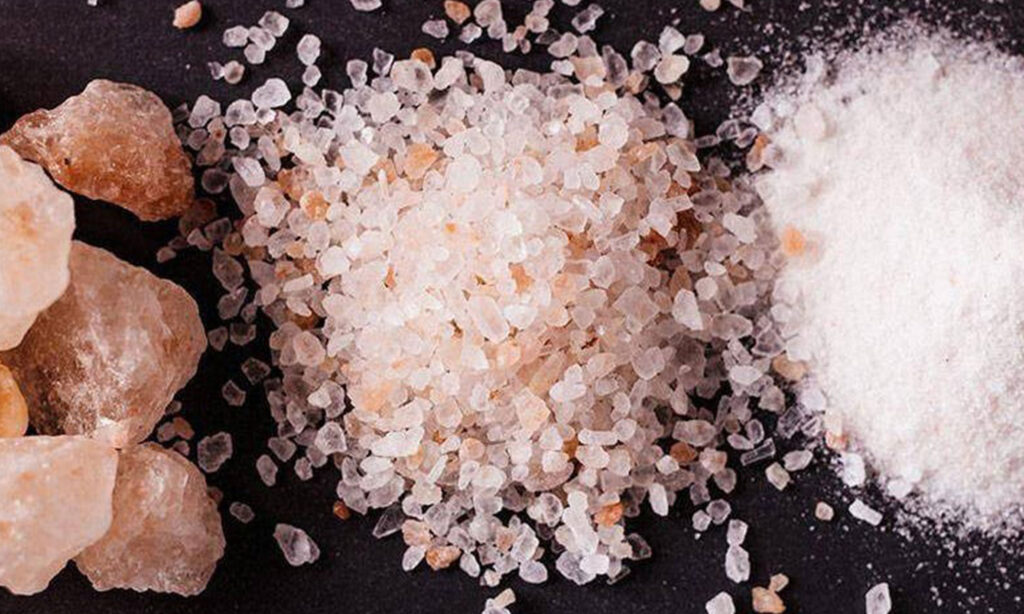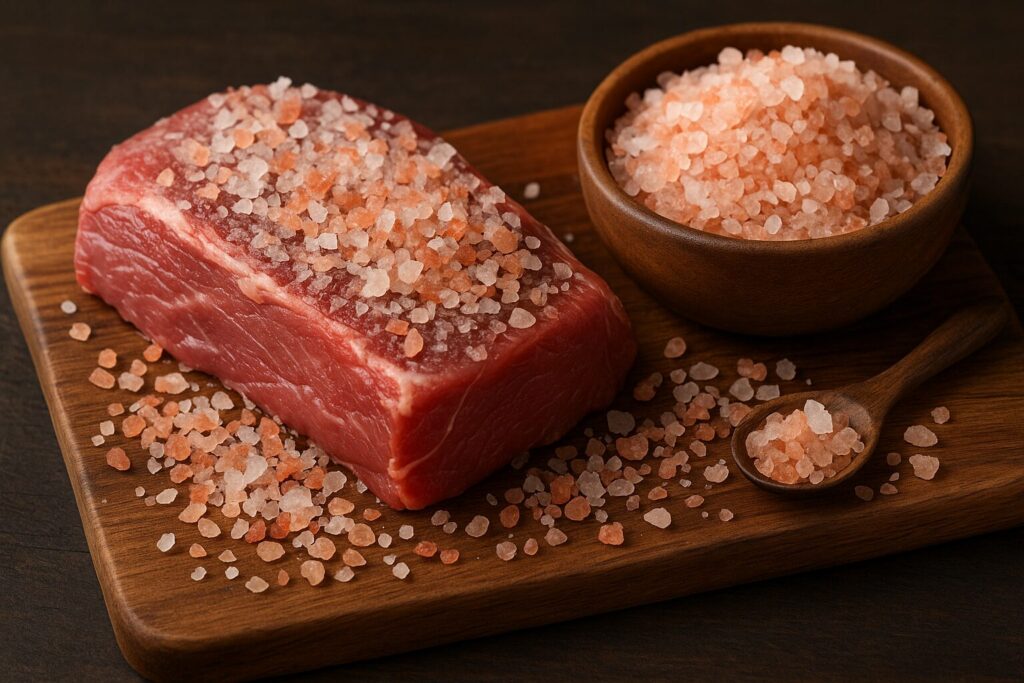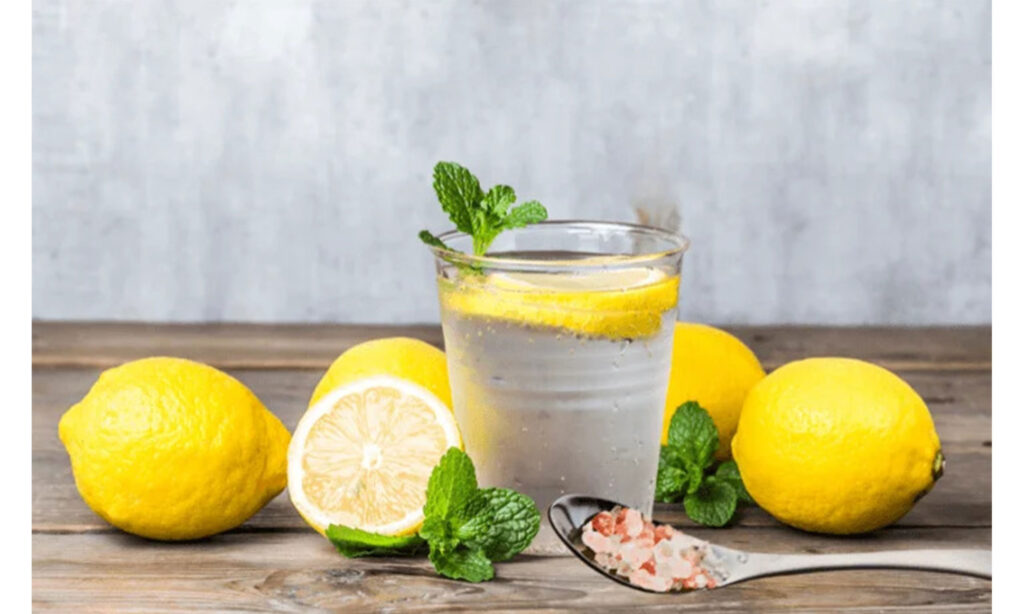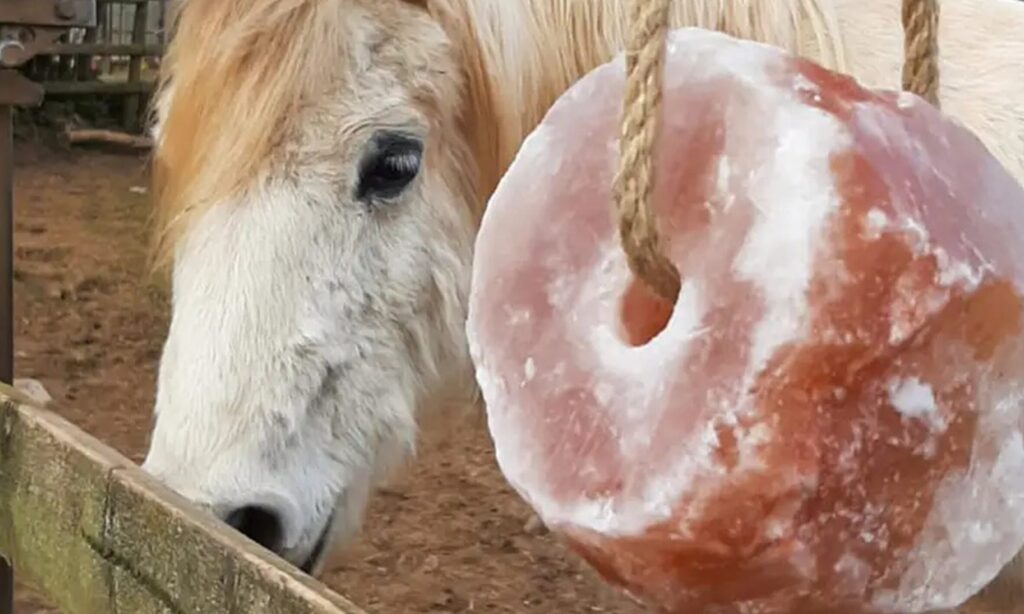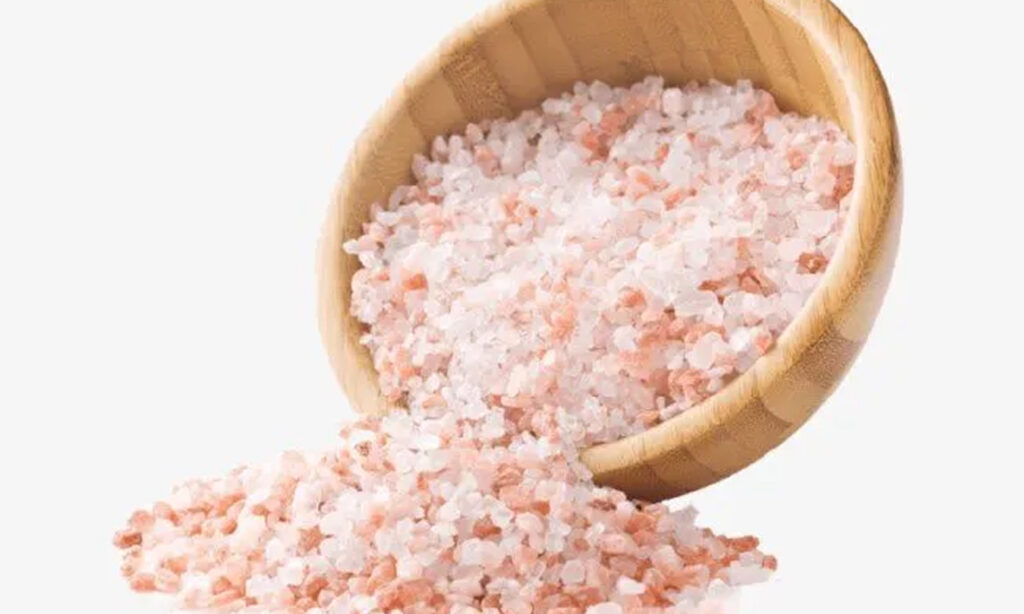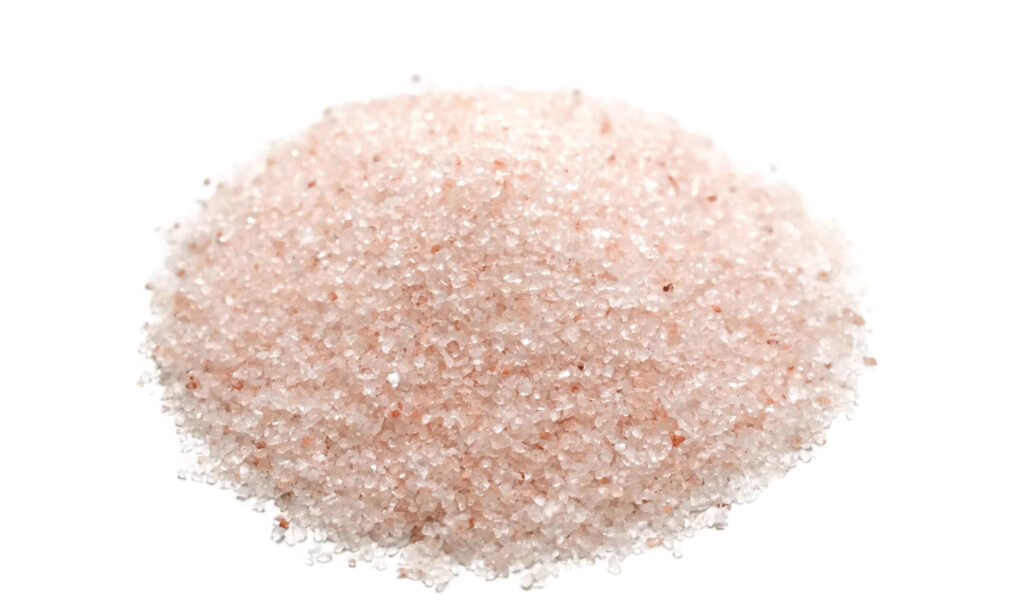Rock Salt vs Table Salt: Shocking Health Facts You Should Know
Salt is a staple in every kitchen, but did you know that not all salt is created equal? The difference between rock salt and table salt goes beyond just texture and color. These two types of salt differ in origin, mineral content, processing methods, and even health impacts. So, is rock salt the same as table salt? Absolutely not—and in this article, we’ll tell you why.
Let’s dive into the rock salt vs table salt debate and uncover which one is better for your health and culinary needs.
What Is Rock Salt?
Rock salt, also known as halite, is a naturally occurring mineral formed from ancient bodies of water that have long since evaporated. It’s typically mined from underground salt deposits and often appears in coarse, chunky crystals.
One of the most famous types of rock salt is Himalayan salt, which boasts a pink hue due to its high mineral content. These unique minerals include potassium, magnesium, and calcium, which contribute to its popularity in gourmet cooking and holistic health practices.
What Is Table Salt?
Table salt, on the other hand, is highly refined and processed. It’s usually sourced from underground salt mines or by evaporating seawater. During processing, impurities and trace minerals are removed, and anti-caking agents are added to prevent clumping.
Additionally, table salt is typically fortified with iodine, a nutrient essential for thyroid function, but rarely found in significant amounts in other types of salt.
What’s the Difference Between Rock Salt and Table Salt?
Here’s a breakdown of the key differences between rock salt and table salt:
| Feature | Rock Salt | Table Salt |
|---|---|---|
| Source | Natural deposits | Mines or sea |
| Processing | Minimal | Highly refined |
| Texture | Coarse crystals | Fine and uniform |
| Mineral Content | Rich in unique minerals like iron, calcium | Mostly sodium chloride, added iodine |
| Color | Varies (white, pink, grey) | Pure white |
| Additives | None or minimal | Anti-caking agents, iodine |
| Taste | Earthy, complex | Clean, sharp |
So, what’s the difference between rock salt and table salt? In simple terms: natural minerals vs purity and additives.
Health Benefits Rock Salt vs Table Salt
Rock Salt Benefits
- Rich in Minerals: Contains over 80 trace minerals that support hydration, metabolism, and muscle function.
- Supports Digestion: Rock salt is often used in Ayurvedic practices to improve digestion.
- May Help in Detoxification: Especially Himalayan salt, believed to assist in removing toxins.
Table Salt Benefits
- Iodine Fortification: Helps prevent iodine deficiency and supports thyroid health.
- Easily Accessible: Readily available and cost-effective.
- Standardized Flavor: Ideal for precise recipes and baking.
But remember, excessive salt regardless of the type can lead to high blood pressure and cardiovascular issues. Moderation is key!
Is Rock Salt the Same as Table Salt?
While both are forms of sodium chloride, rock salt is not the same as table salt. The biggest difference lies in their processing and mineral composition. Rock salt remains largely unprocessed, preserving its natural minerals, while table salt is stripped of these and supplemented with iodine and additives.
So, when you ask, “is rock salt the same as table salt?”, the answer is a firm no.
Uses Table Salt vs Rock Salt
Culinary Uses
- Rock Salt: Best for roasting, seasoning grilled meats, and even making ice cream using the old-fashioned salt-ice method.
- Table Salt: Perfect for daily cooking, baking, and seasoning due to its fine consistency.
Non-Culinary Uses
- Rock Salt: Used in spa treatments, salt lamps, detox baths, and air purifiers.
- Table Salt: Rarely used outside of food due to its refined nature.
Himalayan Salt A Rock Star Among Salts
A special mention must go to Himalayan salt, the pink variety of rock salt that’s mined from the Punjab region of Pakistan.
It contains trace amounts of iron oxide (rust), which gives it its characteristic pink hue. Many health enthusiasts claim it:
- Boosts energy levels
- Improves sleep
- Balances body pH
While not all of these claims are scientifically backed, there’s no denying the unique mineral profile that sets Himalayan salt apart from its white, refined cousin.
Which Salt Should You Use?
Here’s a quick guide depending on your priorities:
- For health & minerals: Choose rock salt or Himalayan salt
- For cooking precision: Stick to table salt
- For iodine needs: Go with iodized table salt
- For skin and detox: Try rock salt in bath soaks or scrubs
The difference between rock salt and table salt is more than just physical. While both have their place in the kitchen and beyond, your choice depends on health goals, culinary use, and mineral needs.
If you’re looking for a natural option packed with unique minerals, rock salt (especially Himalayan salt) might be your best pick. But if precision, consistency, and iodine fortification are your priorities, then table salt remains a reliable option.
So next time you’re reaching for the salt shaker, you’ll know what’s the difference between rock salt and table salt—and why it matters.
FAQs
Is rock salt healthier than table salt?
Yes, in terms of mineral content, rock salt is healthier because it retains naturally occurring trace minerals. However, it lacks iodine, which is added to table salt.
Can I use rock salt instead of table salt in cooking?
Yes, but be mindful of its coarse texture and mineral flavor. You might need to adjust the quantity or grind it finer for even seasoning.
Does Himalayan salt have iodine?
Only in trace amounts. If you’re relying solely on Himalayan salt, consider other iodine sources like seafood or iodized salt.
What’s the best salt for people with high blood pressure?
Regardless of the type, people with high blood pressure should limit salt intake. Rock salt may contain less sodium per volume due to its coarser grain, but moderation is still essential.
Are anti-caking agents in table salt harmful?
Most are considered safe in small amounts by food safety authorities, but if you’re trying to avoid additives, rock salt is a purer alternative.


